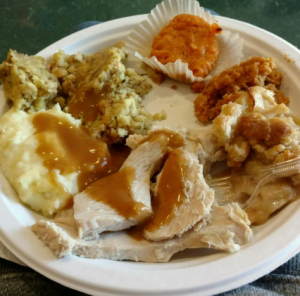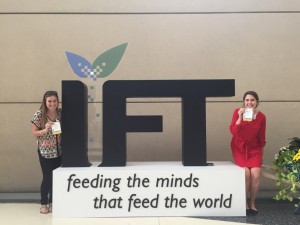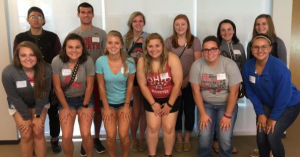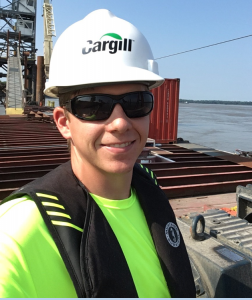By: Jane Hulse, Food Science and Technology | Mendota Heights, MN
One of the great things about Ohio State is all the opportunities it offers to study abroad. In fact, I was able to study abroad my first semester at Ohio State, through the London Honors program. After learning about British culture and history all semester, I didn’t mind cutting my winter break short, returning to Columbus to meet my classmates for our flight to London three days before New Year’s Eve. Celebrating New Years in London and watching fireworks with friends was well worth the sleep deprivation wrought by the eight-hour flight from New York to London followed by a bus tour and a tour of St. Paul’s Cathedral the first day. The itinerary the next 9 days was a mix of scheduled activities, like going to the British Museum or having afternoon tea at Montague on the Gardens, and free time to explore on our own so we could learn to use the public transit. Other activities included seeing plays, touring the Globe Theater, a day at Oxford, and seeing the crown jewels at the Tower of London.
Looking back on my experience, it’s funny to think I was hesitant to sign up for this program even though it sounded great. I didn’t know anybody and was afraid I’d end up alone in a strange city. However, it turned out I had nothing to worry about, and in fact going on this trip allowed me to make some really good friends. This trip allowed me to both experience another culture and broaden my own experience of Ohio State through my new friendships. I think one of the great things about traveling abroad is that being in a new environment far from home can push you to be open to new friendships, new foods, and new ideas. And in that way travelling gives you the confidence that you can find things in common with people wherever you are.












